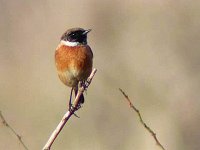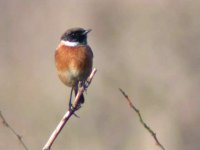
There are a couple of ways in Photoshop 7.... have the image open then file-file info... and then use the drop down that is currently saying 'general' to select exif.
Alternatively, use the file browser in 'expanded view' (the file browser options are available by clicking on the tiny white arrow next to the word 'file browser') and click on a thumbnail and the exif data should appear under the seperate thumbnail of the selected image.
I also use a free exif reader avaialble from http://www.takenet.or.jp/~ryuuji/minisoft/exifread/english/
This is very quick and simple to use.
Alternatively, use the file browser in 'expanded view' (the file browser options are available by clicking on the tiny white arrow next to the word 'file browser') and click on a thumbnail and the exif data should appear under the seperate thumbnail of the selected image.
I also use a free exif reader avaialble from http://www.takenet.or.jp/~ryuuji/minisoft/exifread/english/
This is very quick and simple to use.





